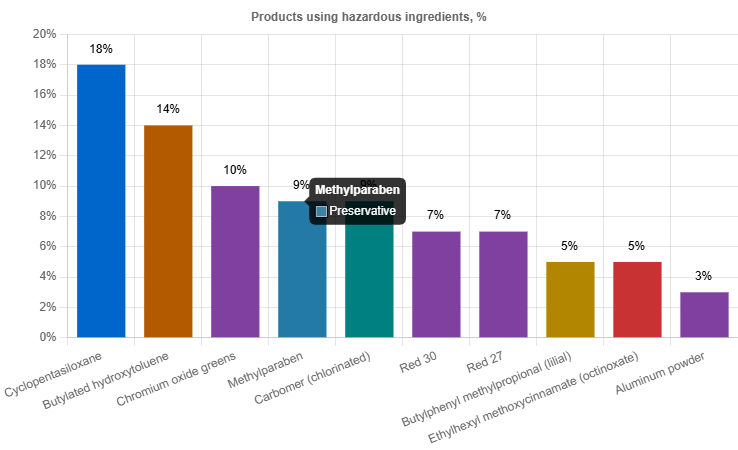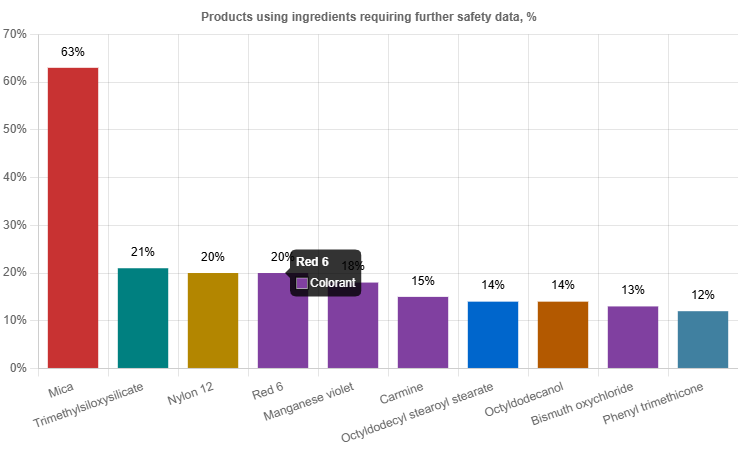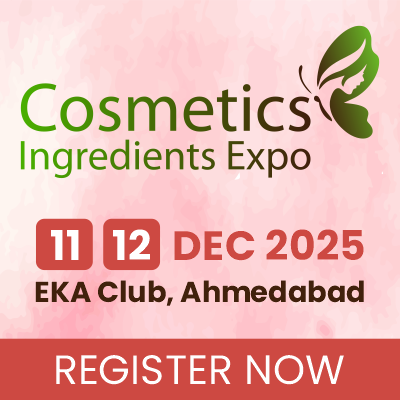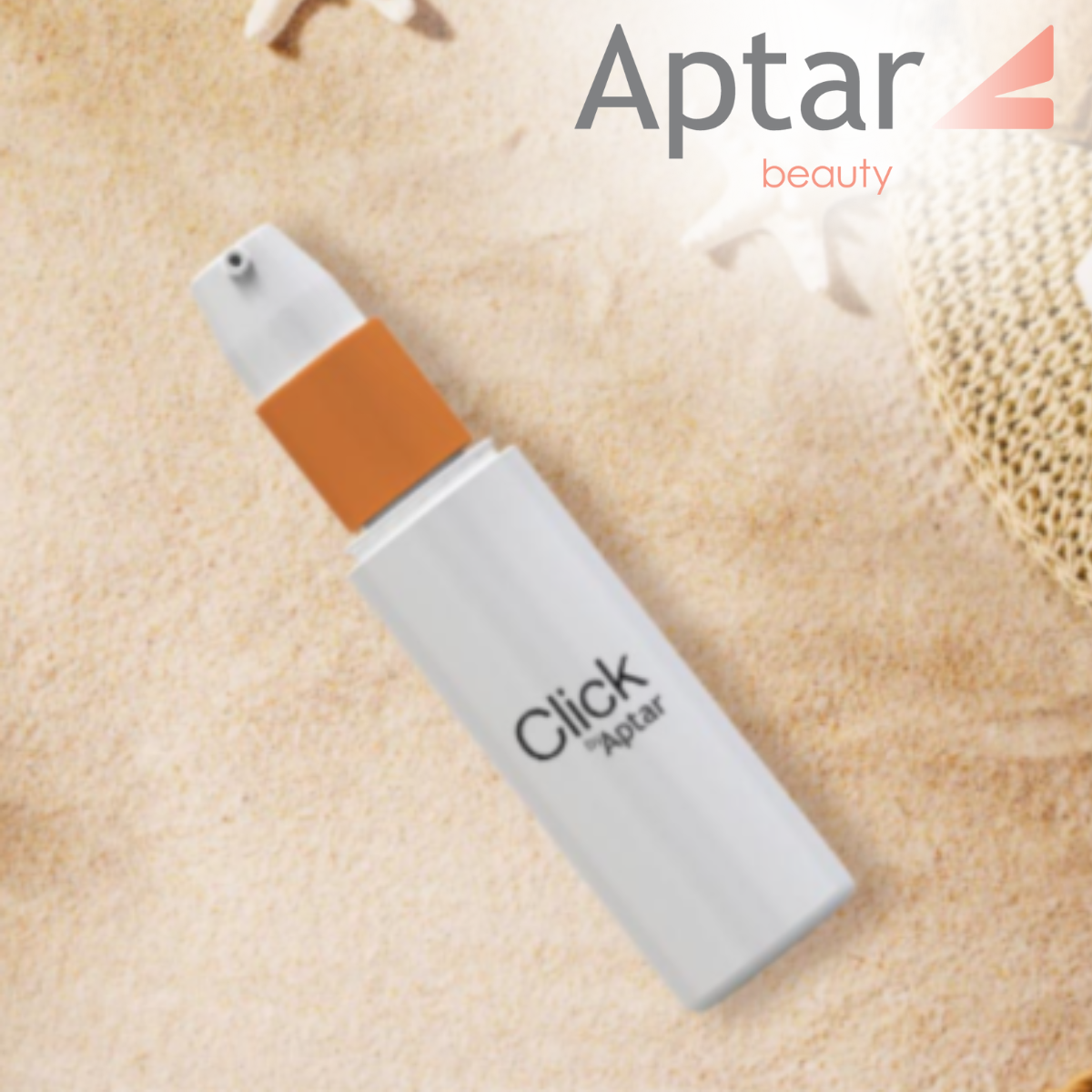The Hidden Gaps in Personal Care Ingredients
Image used for illustrative purposes only
In a recent report, ChemFORWARD, in collaboration with major players in the personal care industry such as Dow, Inolex, and the Environmental Defense Fund, has shed light on a pressing issue: approximately one-third of personal care ingredients remain poorly characterized.
The report, titled the “Beauty & Personal Care Ingredient Intelligence Report,” analyzed over 8,500 products and nearly 318,000 ingredients. Despite the vast dataset, only 2,279 unique ingredients were identified, highlighting the manageable scope of the challenge. However, the report revealed that 30% of these ingredients lack comprehensive hazard assessments, leaving significant gaps in understanding their potential impacts on human health and the environment.
ChemFORWARD’s initiative aims to address these gaps by promoting safer chemistry and rigorous hazard assessments. The organization emphasizes the importance of moving beyond “bad lists” of restricted chemicals to establish a more proactive approach. This includes conducting baseline ingredient audits, investing in data to close knowledge gaps, and phasing out high-hazard chemicals in favor of safer alternatives.
Stacy Glass, Co-founder and Executive Director of ChemFORWARD, stated, “This report shows that beauty and safety can and must go hand in hand. With the power of shared data and collaboration, the beauty industry is on the cusp of a transformation that prioritizes human health and environmental responsibility.”

The report also highlights the risks of “regrettable substitutions,” where one harmful chemical is replaced with another due to a lack of safer alternatives. By prioritizing transparency and collaboration, ChemFORWARD and its partners aim to set a new standard for ingredient safety, paving the way for a more sustainable and trustworthy personal care industry.

The report has significant implications for consumer safety by drawing attention to the insufficient data raising concerns about unknown health risks that may arise from exposure to poorly understood chemicals. Consumers might unknowingly encounter allergens, irritants, or substances with long-term effects, such as hormone disruption, in the products they use daily. Furthermore, the report emphasizes the dangers of “regrettable substitutions,” where hazardous chemicals are replaced with equally unsafe alternatives due to incomplete safety assessments. Transparency and informed decision-making are essential, as the findings underscore the need for companies to disclose more detailed ingredient information. By prioritizing rigorous hazard assessments and investing in safer alternatives, the industry can build consumer trust while promoting products that safeguard both health and the environment. Ultimately, the report is a call to action for manufacturers, regulatory bodies, and consumers to prioritize ingredient safety and foster a more sustainable future for personal care products.
This initiative serves as a call to action for the entire industry to embrace safer chemistry and ensure that beauty products not only enhance our lives but also protect our health and the planet.

Author : Sheela Iyer
sheela@cosmetech.co.in
Sheela Iyer is an observer of the Indian Cosmetics & personal care industry and the editor of ‘Cosmetech’. She regularly video interviews industry experts on Cosmetech TV and has her fortnightly podcast ‘Cosmetics Today’
Subscribe to our free newsletter to read the latest news and articles before they are published.












Subscribe To Our Newsletter
Join our mailing list to receive the latest news and updates from The Cosmetics industry
You have Successfully Subscribed!